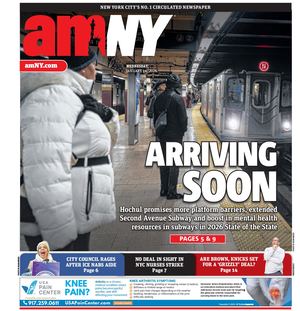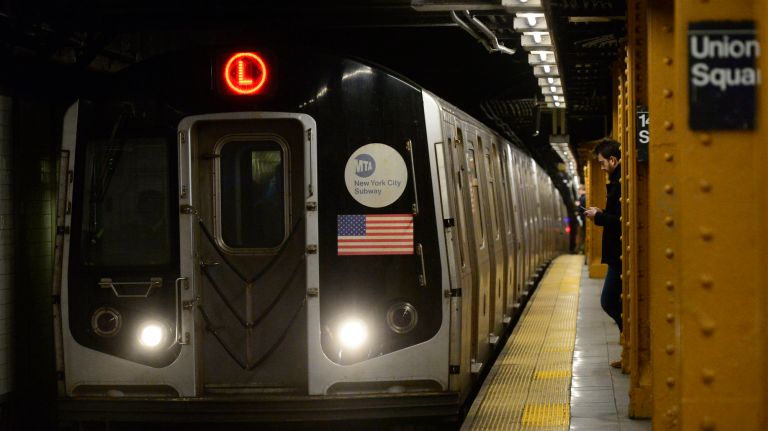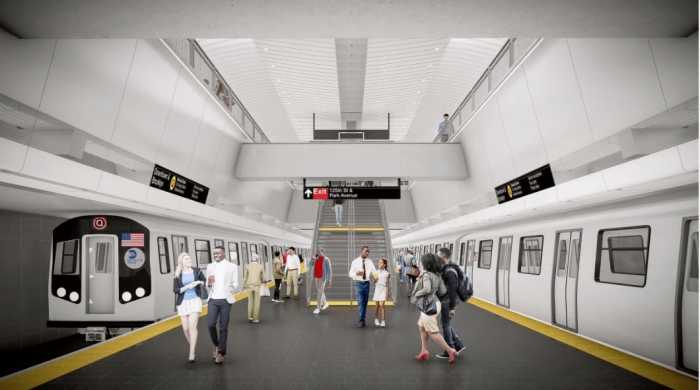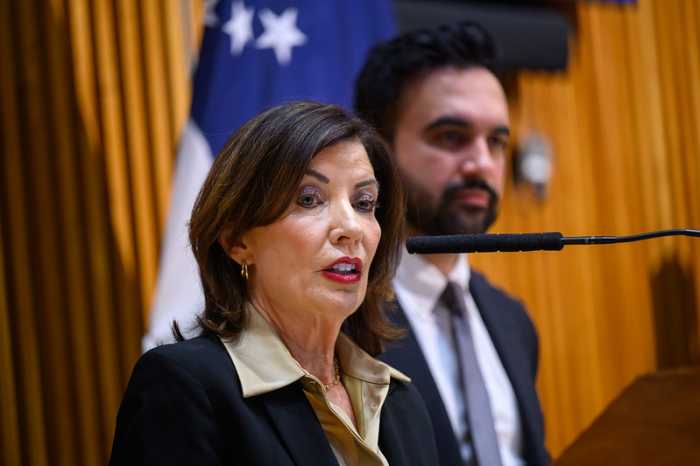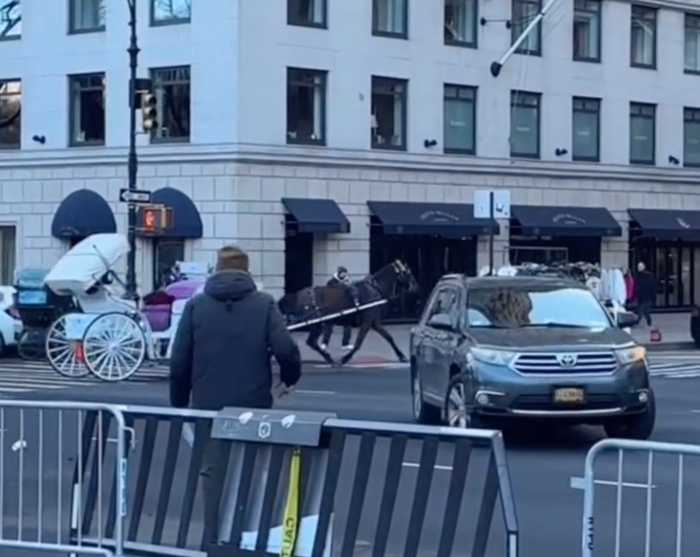
Not only will L trains run every 20 minutes during work in the Canarsie Tunnel — you may not even be able to squeeze your way on when they do arrive, the MTA warned this week.
Ahead of the planned rehabilitation on nights and weekends of the line’s Sandy-damaged tunnel that begins this Friday, the MTA is preparing straphangers for the worst.
“In Manhattan and at Bedford Av, the L will arrive every ~20 minutes, but at certain times, it may be too crowded to board the first train,” the authority said in a tweet explaining the service plan around the repairs. Trains will run between Canarsie and Lorimer Street every 10 minutes during the construction.
Gov. Andrew Cuomo stepped in at the eleventh hour to cancel a long-planned full closure of L service from Bedford Avenue through Manhattan. Officials at the MTA have assured that 80% of the L’s 400,000 weekday riders would see no impact on their commutes, but Tuesday’s advisory speaks to the droves of commuters who rely on the line during nights and weekends and how significant the service reductions will be. On a regular Sunday, for instance, the MTA schedules a Brooklyn-bound L train to pass through Union Square every four to six minutes during most of the day and into the night.
“We’ve been talking about 20-minute headways. That’s why we’re saying, ‘Go to a different subway line,’” said MTA Managing Director Ronnie Hakim at a news conference earlier this month.
Alternatives for riders include the G, M and 7 trains, where the authority will be boosting service in an attempt to accommodate the L’s overflow. The MTA has, however, dropped plans to run full-length G trains.
Riders forced out of overcrowded L train stations can take one of two shuttle bus routes that will run in a loop through Williamsburg, stopping at nearby stations on the J, M and G lines. In Manhattan, the MTA plans to increase M14A bus service; and the city is expected to make an announcement regarding bus priority on 14th Street sometime this week.
The new plan also has drummed up anxiety among MTA workers and commuters worried about crowding and dust mitigation.
MTA officials have distributed brochures about alternative service in the days leading up to the shutdown. But some, including Joe Cutrufo, a spokesman at Transportation Alternatives, have wondered if the authority has properly communicated just how big of an impact the service drop will have. One poster the MTA has hung in stations advising of the work features the L train bullet above the message, “I’m not ghosting you. I’m just going to be around a little less on nights and weekends.”
In reality, the L will be around a lot less.
“I gotta wonder, if it’s too crowded to board the first train, isn’t it also possible that it may be too crowded to board the next train?” said Cutrufo, whose group has pushed for bus-only restrictions on 14th Street.
“If the trains are expected to be too crowded to board, then you need to have a frequent, reliable parallel alternative," Cutrufo continued. "And in the case of the L train, that’s 14th Street … but we still somehow don’t know what the city plans to do to make sure commuters can get across town on 14th Street faster than walking speed.”
Other groups, such as the 14th Street Coalition, have pushed back against the idea of a busway along the corridor under which the L runs through Manhattan. Judy Presin, of the coalition, said she warned of truck traffic being diverted onto other local streets. She believes new dedicated bus lanes, with hourly restrictions and more bus service, could work well — even with the level of crowding expected.
“We don’t have experience with nights, but the L has been closed [on weekends] and all they did was extra buses. We didn’t see any issues,” said Presin, who added that she was amenable to changes to vehicle restrictions if they prove too lax, or unnecessary. “Now, we’re not experts, we just live there. I think a bus-only lane would seem to work.”
